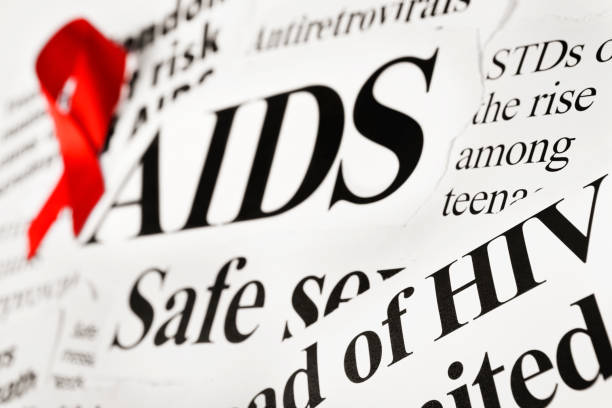Advancements in HIV Treatment and Prevention (2025)
HIV (Human Immunodeficiency Virus) remains a persistent global health issue, impacting millions worldwide. While there is still no cure, continuous progress in medical research has led to more effective treatment and prevention methods. This article delves into the latest innovations, offering hope to those affected.
HIV (Human Immunodeficiency Virus) remains a persistent global health issue, impacting millions worldwide. While there is still no cure, continuous progress in medical research has led to more effective treatment and prevention methods. This article delves into the latest innovations, offering hope to those affected.

Antiretroviral Therapy (ART): The Cornerstone of HIV Care
Antiretroviral Therapy (ART) remains the most effective treatment for managing HIV. By suppressing viral replication, ART helps maintain immune function and prevents the progression to AIDS. Although not a cure, consistent ART use allows individuals to live long, healthy lives while reducing the risk of transmission.
Revolutionary HIV Medications
Recent advancements have introduced powerful medications designed to enhance treatment effectiveness. Biktarvy, a once-daily pill, provides a convenient and efficient way to control the virus. Additionally, Lenacapavir, a long-acting injectable, is revolutionizing treatment for individuals with drug-resistant HIV, offering a new level of flexibility.
The Shift to Long-Acting Treatment Solutions
For many, adhering to daily medication regimens can be challenging. To address this, long-acting injectables like Cabenuva have been developed, requiring only monthly or bi-monthly administration. This shift reduces reliance on daily pills, improving adherence and overall treatment outcomes.
Pre-Exposure Prophylaxis (PrEP): Strengthening Prevention Efforts
HIV prevention has also advanced significantly, with PrEP emerging as a leading preventive measure. When taken daily, PrEP effectively lowers the risk of contracting HIV, particularly for high-risk individuals. This medication has transformed prevention strategies, helping to curb new infections worldwide.
Addressing Stigma and Raising Awareness
Despite medical breakthroughs, social stigma remains a challenge. Many individuals hesitate to seek treatment due to fear of discrimination. Public awareness campaigns and education initiatives play a crucial role in encouraging acceptance and ensuring that those in need receive proper medical care.
Conclusion
With continued advancements in treatment and prevention, managing HIV is becoming increasingly effective. Long-acting therapies, innovative medications, and prevention strategies are improving the lives of those affected. While the search for a cure continues, ongoing research and education efforts are bringing us closer to a world where HIV is no longer a major health threat.